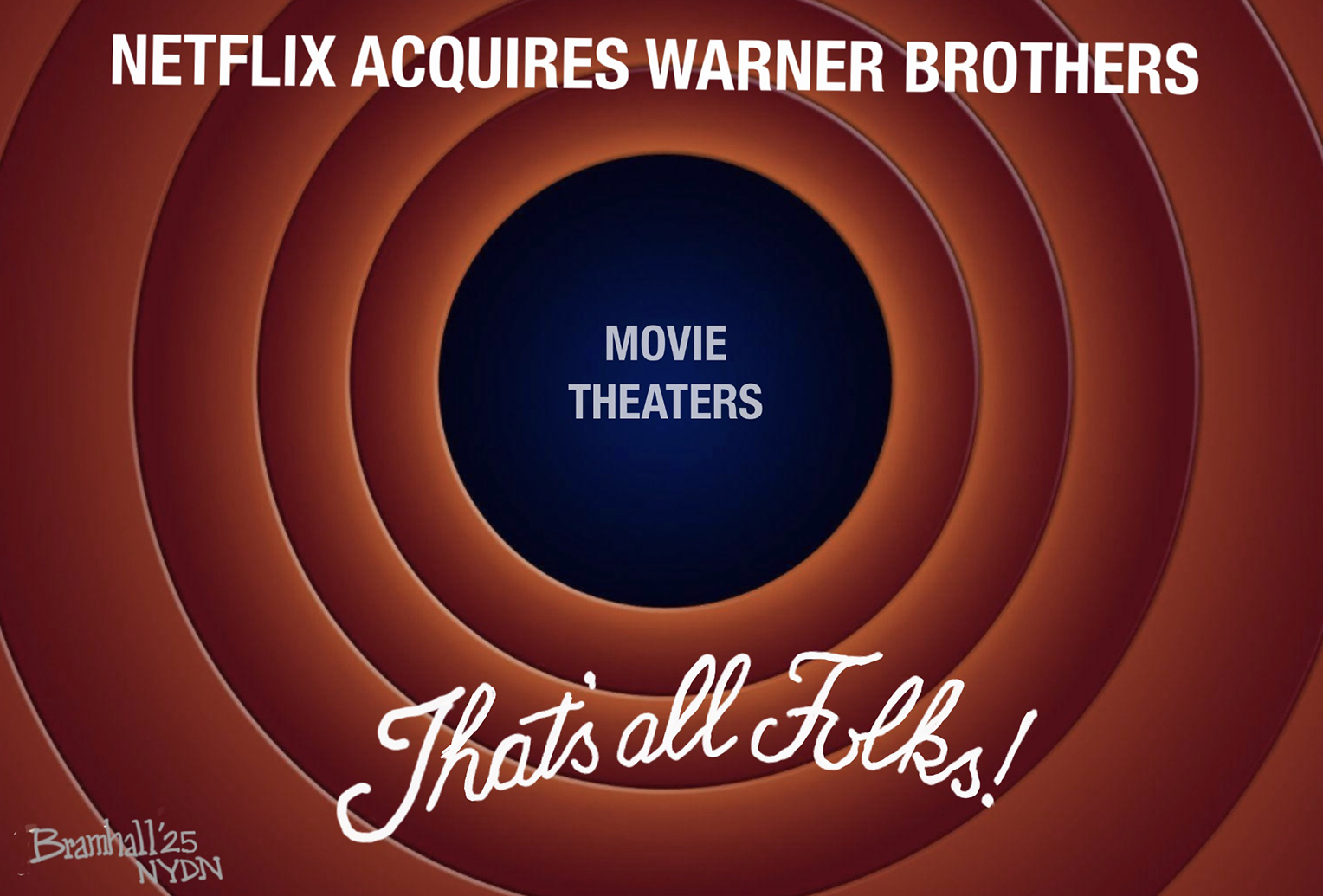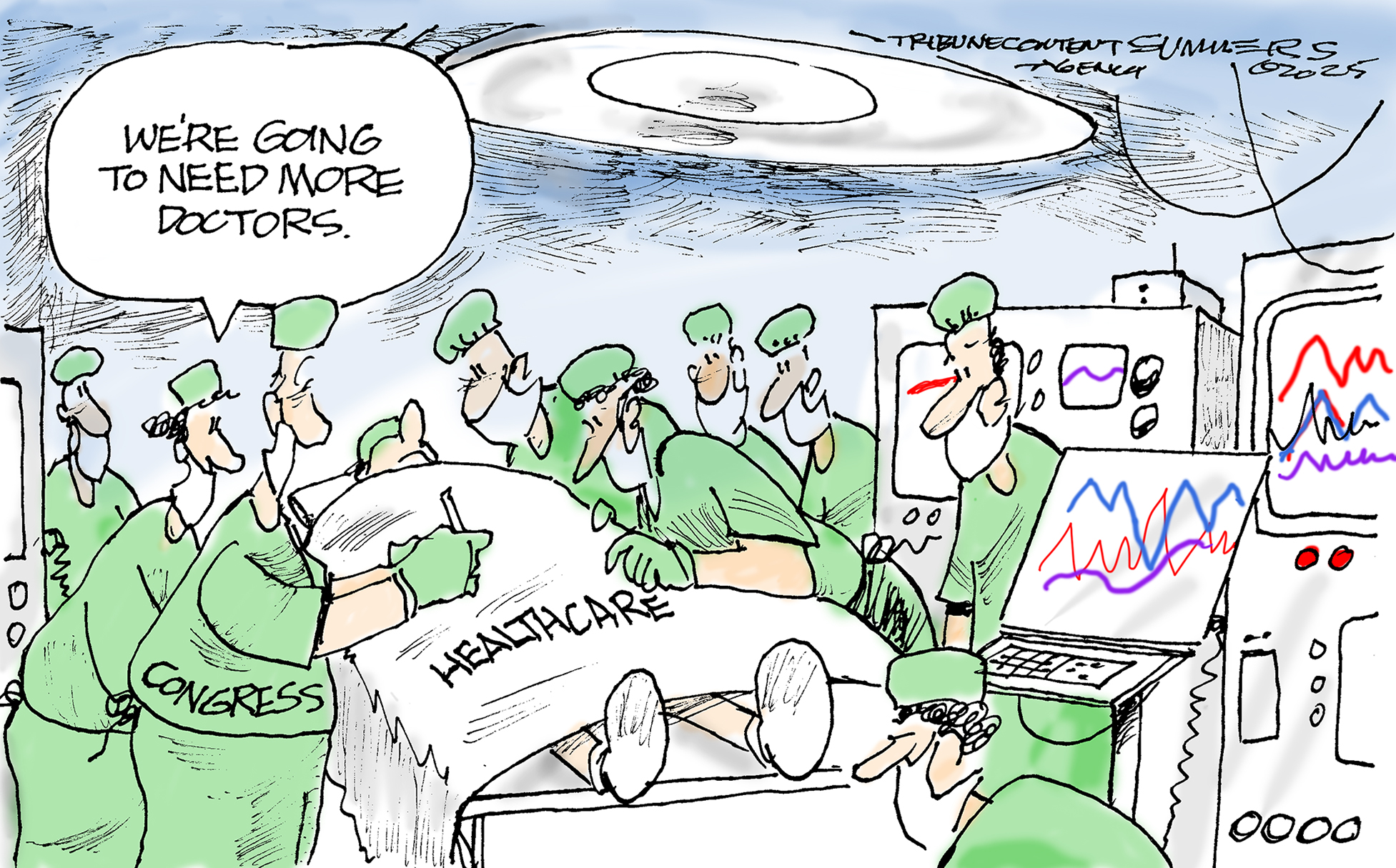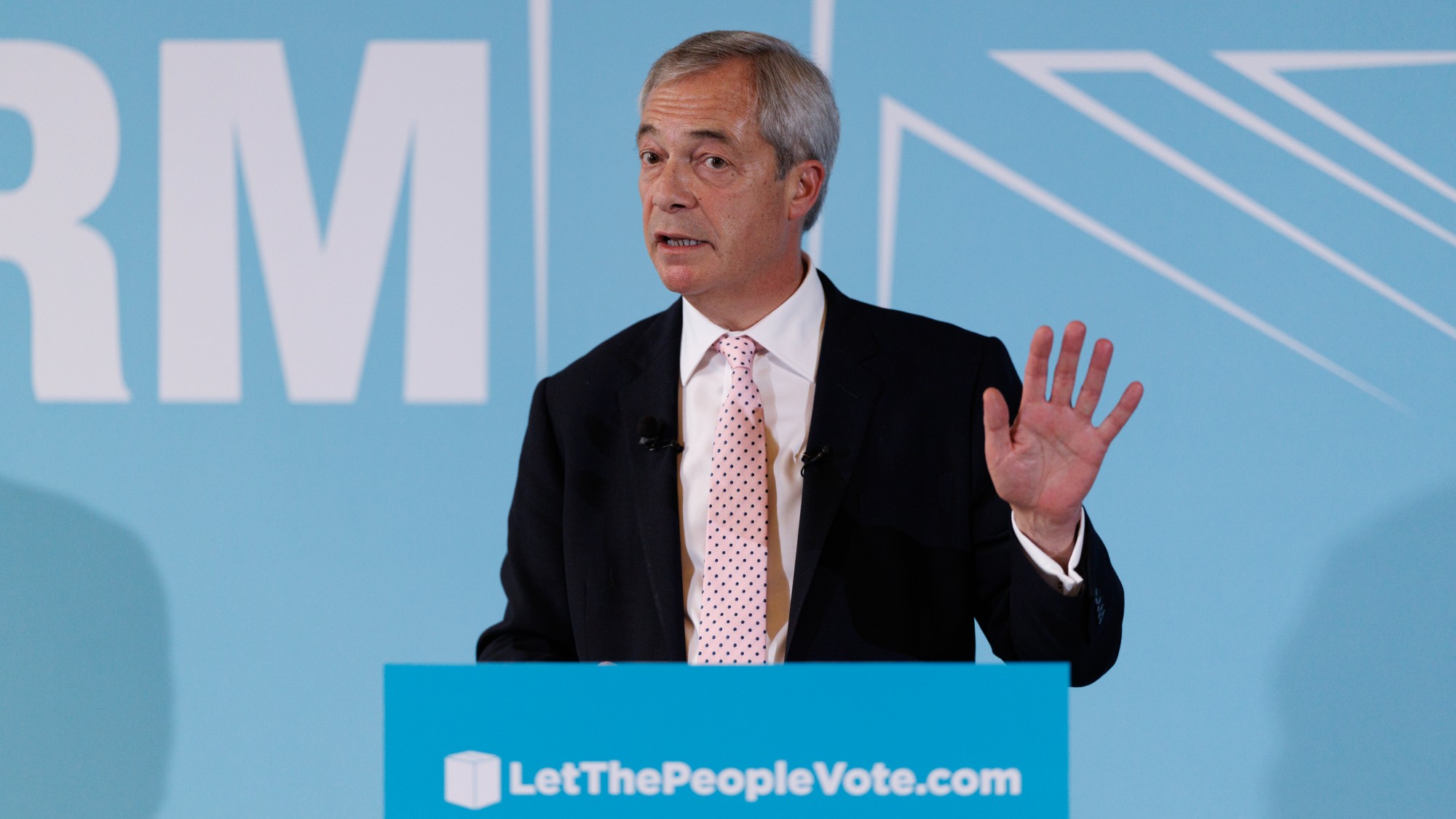The myth of modern burnout
Burnout isn't a new thing. We've always been exhausted.

"I'm so tired."
We hear this complaint all the time. These days, it seems everyone is exhausted. Everyone is at the end of their rope. Everyone needs some time off.
Indeed, 53 percent of American workers report feeling burnt out. It's easy to blame this on modern work culture. After all, the average American clocks in a 47-hour workweek. Meanwhile, we're spending more and more time in front of our computer screens, to our own detriment: Recent research says emails cause emotional exhaustion. A 2014 study found that using a smartphone before bed made workers more tired and less productive the next day. And on top of all that, we've got a tumultuous political cycle to contend with. A new survey from the Pew Research Center found that 59 percent of Americans already feel fatigued by election coverage.
The Week
Escape your echo chamber. Get the facts behind the news, plus analysis from multiple perspectives.

Sign up for The Week's Free Newsletters
From our morning news briefing to a weekly Good News Newsletter, get the best of The Week delivered directly to your inbox.
From our morning news briefing to a weekly Good News Newsletter, get the best of The Week delivered directly to your inbox.
Exhaustion can feel like the by-product of a new and modern era, where work has slithered past the four walls of the office or the three walls of the cubicle into the home; where emails invite themselves on our beach vacations; where the media consistently reminds us of climate change, terrorism, and the chaotic political scene.
Surely, it wasn't always this way? There was a time when the sun and the seasons dictated work schedules and instead of clocking in on Sunday people observed the Sabbath, and everything was just so ... simple.
Right?
Actually, as much as we'd like to think that our feelings of exhaustion are unique to today, it turns out our ancestors weren't more relaxed or less worn out. "At any point in history, people have experienced exhaustion and theorized it in many different ways," says Anna Katharina Schaffner, a medical researcher at the University of Kent and the author of the new book, Exhaustion: A History, which chronicles the trajectory of exhaustion discourse, from ancient Greece through the Renaissance, Industrial Revolution, post-war era, to modernity. "For each era, exhaustion was this hybrid creature, which was not only understood through biological and physical contexts, but at times, also wrapped up in the social and political climates as well."
A free daily email with the biggest news stories of the day – and the best features from TheWeek.com
What could be comforting to the fried, 21st-century worker is that regardless of the epoch, regardless of whether humans were living in agrarian societies or were bystanders to a world that was modernizing at an unprecedented velocity, people were tired. Really tired. But how they sought to explain their weariness changed over time.
The first theories of exhaustion date back to the 5th century BCE when Greek physician Galen of Pergamum, building upon Hippocrates' work, touted the importance of balance between the four bodily "humors": blood, yellow bile, black bile, and phlegm. When an excess of black bile — the humor associated with melancholia — threw off the body's internal scales, the individual exhibited symptoms emblematic of exhaustion, including lethargy, lack of energy, and sluggishness.
Though some people (especially those involved in the arts) tended to naturally lean toward melancholia, Galen believed the condition could also be a result of individual behaviors such as eating the wrong foods, overindulging in sexual activities, and excessive worry. In that respect, exhaustion existed in a very holistic realm and parts of that brand of thinking are very much present today. "Though the humors have disappeared as a medical model, the holistic theory of balance is something that is still currently practiced in many Eastern models of medicine," Schaffner says. "Many people also believe that a disrupted body can lead to a disrupted mind."
In the Middle Ages, exhaustion theories migrated from the medical realm to the church and the responsibility to remain energized was placed solely on the individual. Labeled as "acedia," exhaustion stemmed from participating in sinful activities that drained energy or submitting to an apathetic attitude that shunned interest in God and the divine good that he created. This explanation held the individual accountable for lacking the willpower to choose more godly and active pursuits. The solution to acedia was simple: upping one's commitment God and work.
This was one of the only times in history that doing work was prescribed as an antidote to exhaustion, whereas now and even in the 19th century, it's the last thing anyone would suggest.
In the years that followed, exhaustion leaped from one field to the next. During the Renaissance, those ruled by various degrees of the planet Saturn in their astrological charts were thought to be especially susceptible to fatigue. In the 18th century, it was speculated that excessive masturbation depleted one's energy reserves. It wasn't until the mid-19th century that medical theories once again took over, when American neurologist George Beard popularized the diagnosis of neurasthenia. The root of the condition was "weak nerves," and when energy levels of the nervous system were depleted, an individual exhibited fatigue, anxiety, and even complete mental collapse.
While the idea that nerves are a part of the larger reservoir of human energy has been disproved, there is a part of 19th century exhaustion models that still resonates today — and perhaps in an eerily prophetic way. "It's the era that's the most similar to ours in terms of pointing the finger at modernization as the cause of exhaustion," says Schaffner. "You had lots of people arguing that city life was draining people's energy reserves and the lights, new inventions like the telegraph and the steam engine, and hustle and bustle were overstimulating society."
The advent of electricity meant the worker didn't have to clock out when the sun went down and the rise of a more capitalistic way of thinking encouraged managers to take advantage. But if 19th century workers were "burnt out," they didn't refer to it that way; the term wouldn't be coined for nearly another century.
In the early 1970s, German-American psychologist Herbert J. Freudenberger was working as a psychiatrist at St. Mark's Free Clinic in New York's East Village. At the time, the gritty, decrepit neighborhood was one of the epicenters for the rampant drug use that was sweeping the city. While he was consulting with drug addicts and homeless youth with a group of volunteers, he began to notice that they were growing weary and emotionally depleted from the service work. In his 1974 book, he chronicled their decline and labeled them as "burnt out," a term he ironically borrowed from the illicit drug scene in which they were working.
Following Freudenberger's poignant label, researchers began to study burnout in the service industry, describing the emotional exhaustion and gradual depletion of motivation that was experienced by those whose professional trajectories were devoted to helping others: nurses, doctors, social workers, teachers, and probation officers. Today, the term's reach has expanded to anyone who experiences chronic stress (Schaffner maintains burnout and stress are separate but interrelated concepts) and who is simply maxed out.
What's clear from Schaffner's book is that exhaustion is messy, and the theories behind it don't necessary build on each other — they vacillate between somatic and psychic, between pointing the finger at modernization and placing the blame on the individual. Some explanations, like sin, fall out of fashion completely, while others like capitalism, continue to play a role in discourse today. But what the 21st century lacks, in stark contrast to eras past, is a clear medical paradigm.
"Ours is an eclectic age, a historical moment that is distinct because we have so many models that attempt to explain exhaustion," Schaffner says. "Every other era tends to have one distinct theory that everyone believed. Now we live in an age where people choose what chimes with them, whether it's holistic, biochemical, hormonal, or something else."
It's hard to tell what the future of burnout will hold. Have we exhausted all our theories? While Schaffner maintains that she isn't a doctor and therefore lacks a "scientific opinion," given the ample time she has spent with the research, she speculates we'll come full-circle. "I would expect that a return to more holistic explanatory models like Galen's will become prominent again; a model that looks more closely at the interplay between mind and body. Something like mindfulness, which is now a very popular method of coping with stress and exhaustion."
Maggie Puniewska is a freelance writer and editor. Her work has appeared in The Atlantic, Scientific American Mind, VICE, Quartz, and others. She lives in Brooklyn, but not the cool part.
-
 5 loony toons about the Warner Bros. buyout
5 loony toons about the Warner Bros. buyoutCartoons Artists take on movie theaters, high quality cinema, and more
-
 Political cartoons for December 13
Political cartoons for December 13Cartoons Saturday's political cartoons include saving healthcare, the affordability crisis, and more
-
 Farage’s £9m windfall: will it smooth his path to power?
Farage’s £9m windfall: will it smooth his path to power?In Depth The record donation has come amidst rumours of collaboration with the Conservatives and allegations of racism in Farage's school days